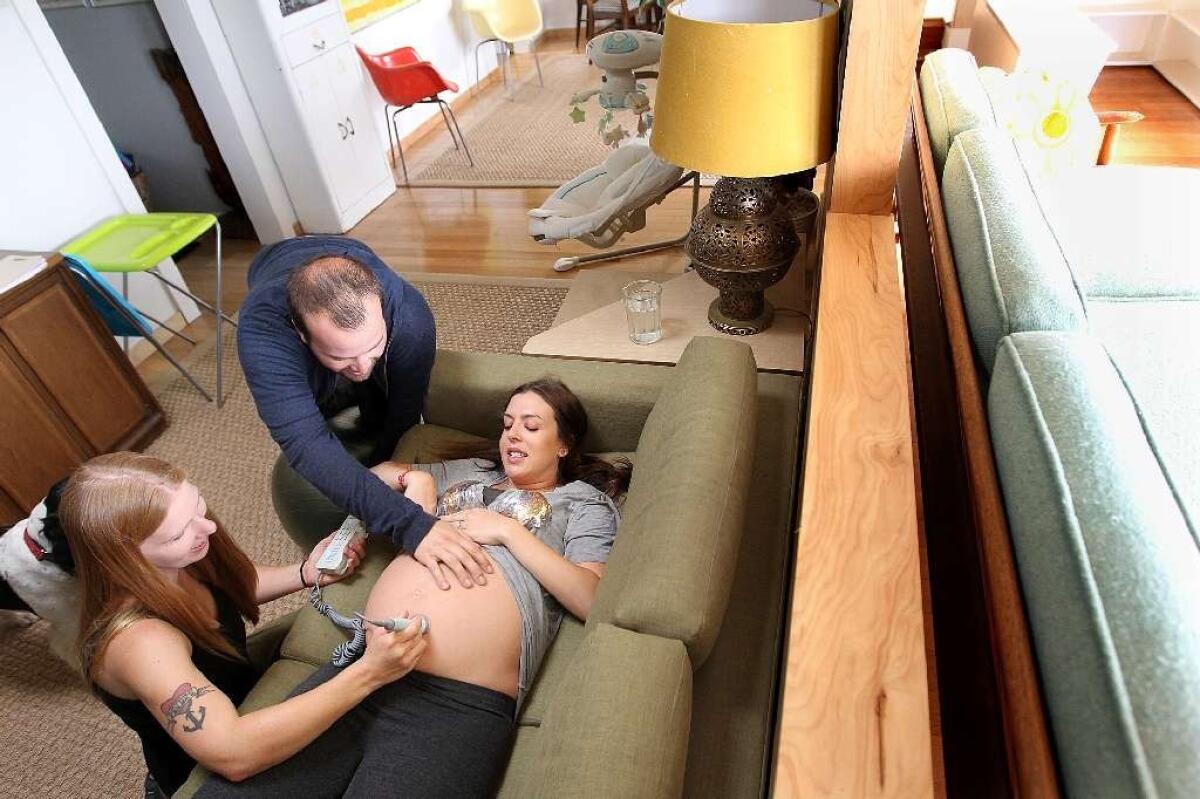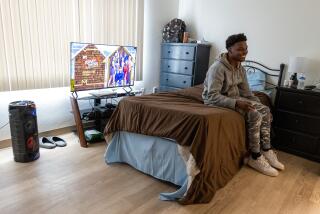Planning a home birth? Here’s some advice from pediatricians

The nation’s pediatricians have some advice for expectant parents who are considering giving birth to their child at home: Don’t.
Home birth is not very common in the United States – fewer than 1% of babies are born outside of a medical setting on purpose. But among a certain subset of white women, it’s becoming a trendy thing to do. In 2009, 1 out of every 90 babies born to white mothers was born at home, according to the Centers for Disease Control and Prevention. That rate was 36% higher than in 2004.
Going through labor and giving birth at home may sound like a more comforting and peaceful alternative to a hospital labor and delivery ward, but it is not without risks. In its new policy statement, the American Academy of Pediatrics notes that when babies are born at home, the risk of neonatal death increases by a factor of two to three. That translates into one additional death for every 1,000 births.
“Hospitals and birthing centers are the safest settings for birth in the United States,” the policy statement says.
Still, the pediatricians recognize that the choice to deliver at home is up to the parents. With that in mind, their statement lays out a series of guidelines for expectant parents to maximize their chances for a smooth delivery and healthy baby. Among them:
* Mothers should be attended by a midwife who is certified by the American Midwifery Certification Board. Lay midwives or others who haven’t met the board’s standards just won’t cut it.
* Women should be aware that there’s a decent chance that things won’t work out at home and they’ll need to be transferred to a hospital. Various studies estimate that between 10% and 40% of first-time mothers who intend to have a home birth wind up having to go to a medical center. So parents should make a backup plan that includes arrangements to go to a hospital or birthing center if necessary, the AAP advises. They should also check to make sure their phone is working in case of emergency and that weather conditions would allow them to get to the medical facility within 20 minutes.
* At least one person attending a home birth should be able to focus entirely on the infant. This person should be able to perform a full resuscitation should that be necessary. He or she should also conduct a thorough check-up and risk assessment and make sure the infant is kept warm and is feeding well.
* Infants born at home should get a hepatitis B immunization, eye drops to prevent neonatal conjunctivitis and vitamin K to prevent hemorrhagic disease, just as they would in a hospital. Their bilirubin should be checked to screen for jaundice within 24 to 48 hours and blood samples should be taken for universal newborn screening.
* All newborns should be examined by a pediatrician or other “healthcare professional who is knowledgeable and experienced in pediatrics” by the time they are 24 hours old, and again within 48 hours of the first exam.
“Regardless of the circumstances of his or her birth, including location, every newborn infant deserves healthcare that adheres to the standards highlighted in this statement,” the AAP policy statement concludes. You can read the document online here.
For more on the pros and cons of home birth, check out this Los Angeles Times report by Olga Khazan.
Return to the Science Now blog.







